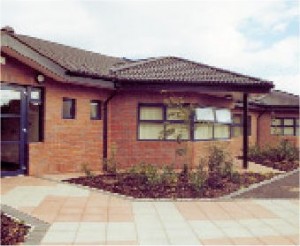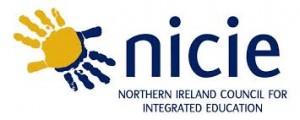School: Traditionally in Northern Ireland, children were educated according to religious denomination, which reinforces boundaries between groups of people. The Integrated Education and Cranmore Integrated Primary School integrate Catholic and Protestant children who would otherwise not experience any interaction with one another.
Integrated Education, known officially as the Northern Ireland Council for Integration Education or NICIE, is an organization comprising of 62 integrated schools attended by over 16,000 students. Integrated Education defines the integration of education in Ireland: ‘Education together in a school of children and young people drawn mainly from the Protestant and Catholic traditions, with the aim of providing for them an excellent education that gives recognition to and promotes the expression of these two main traditions. The integrated school, while essentially Christian in character, welcomes those of all faiths and none, and seeks to promote the worth and self-esteem of pupils, parents, staff, governors and all who are affected by the presence of the school in the community. The core aim is to provide children and young people with a caring and enhanced educational experience thus empowering them as individuals to affect positive change in a shared society.’ Both of these integrated educational institutions bring together children from different backgrounds to learn and play together. You can access the NICIE website here, and their page of the Ireland Funds site here.
The Cranmore Integrated Primary School focuses on integrating students of all religious backgrounds and also students with special needs. This approach encourages the students to not only work in a classroom setting, but also through the informal interactions that schools also foster. You can access Cranmore Intergrated Primary School’s website here, and their page of the Ireland Funds site here.

Like the other kinds of programs we have examined, schools create artificial spaces by having different rules, restrictions, and requirements. By placing children from different backgrounds in a context where they are not only required to share the same space, but also to interact in classroom settings with rules about seating, speaking, homework, etc., these programs create a ‘space’ that does not give preference to one denomination over another, but rather values them equally. In one sense schools feel real in that for kids they are spaces experienced daily where there is both validation and punishment, but in another sense they function as a 3rd space in that they create their own reality. This approach seems to fit our concepts about artificiality and the creation of an alternative space.

